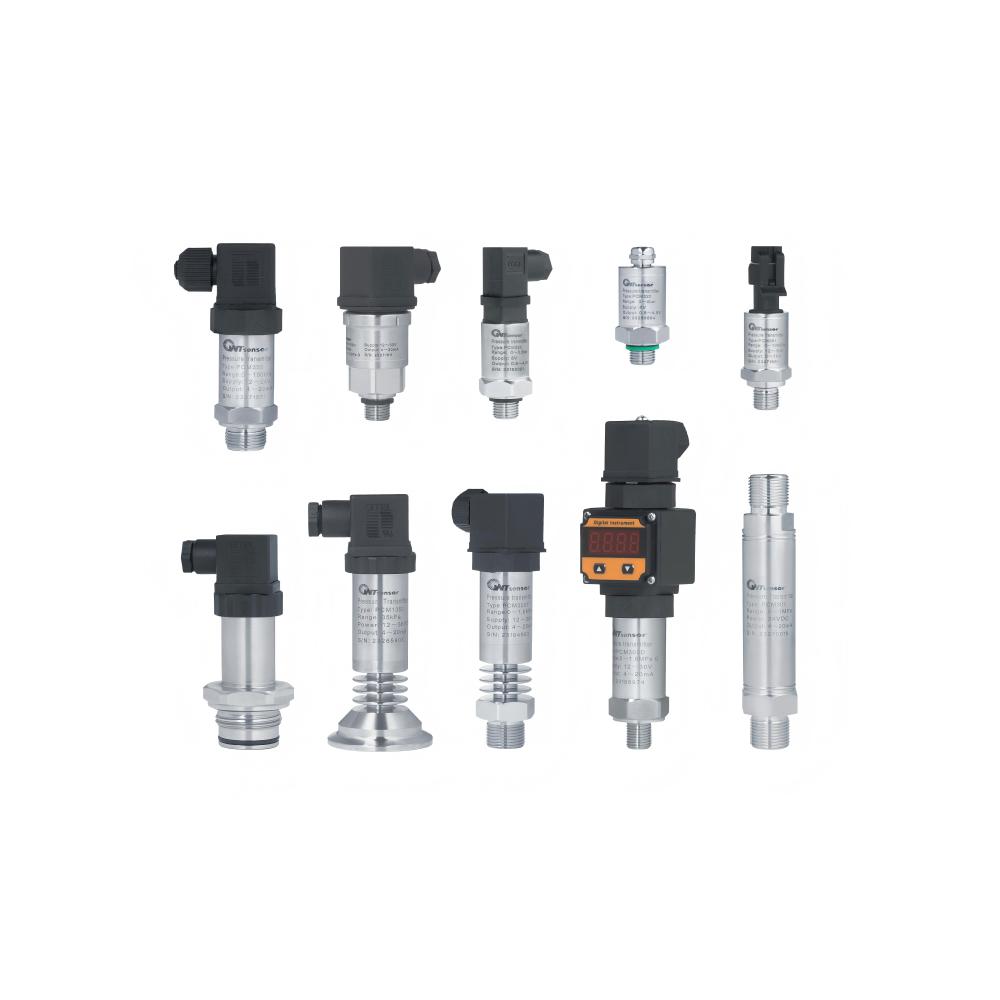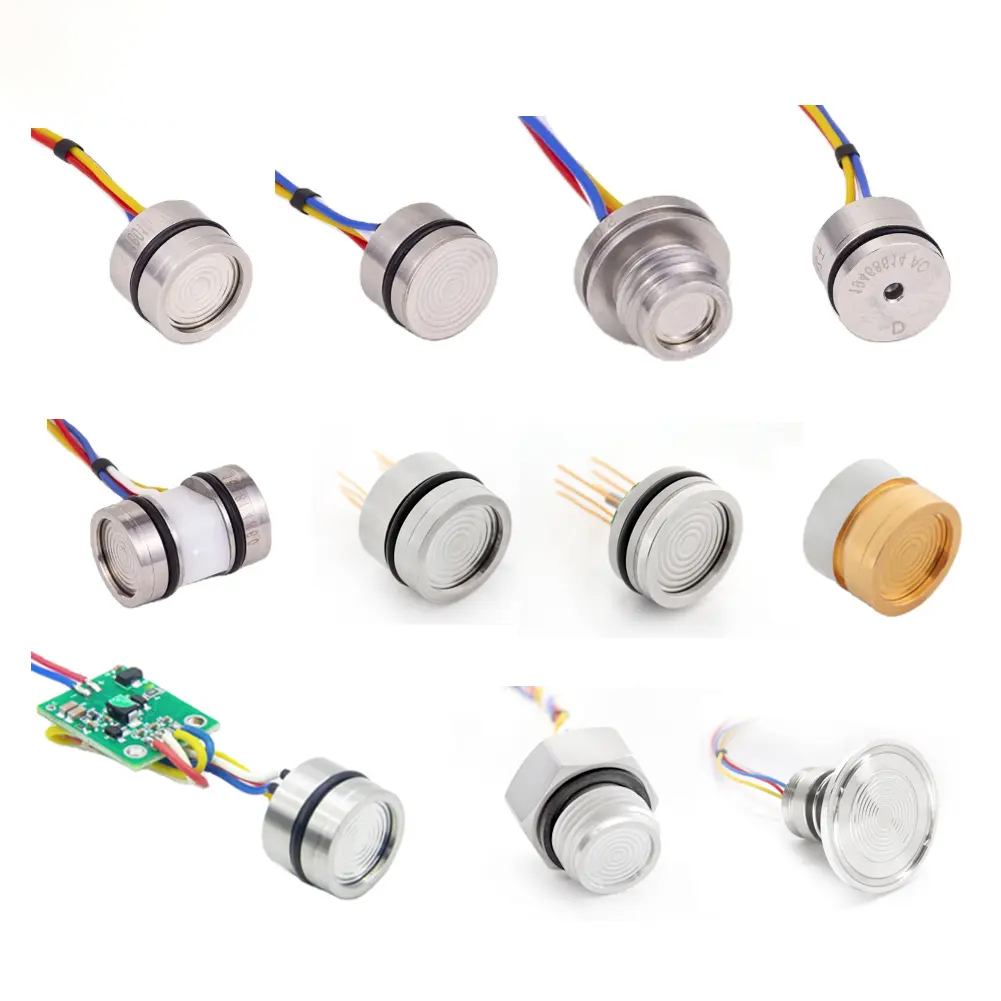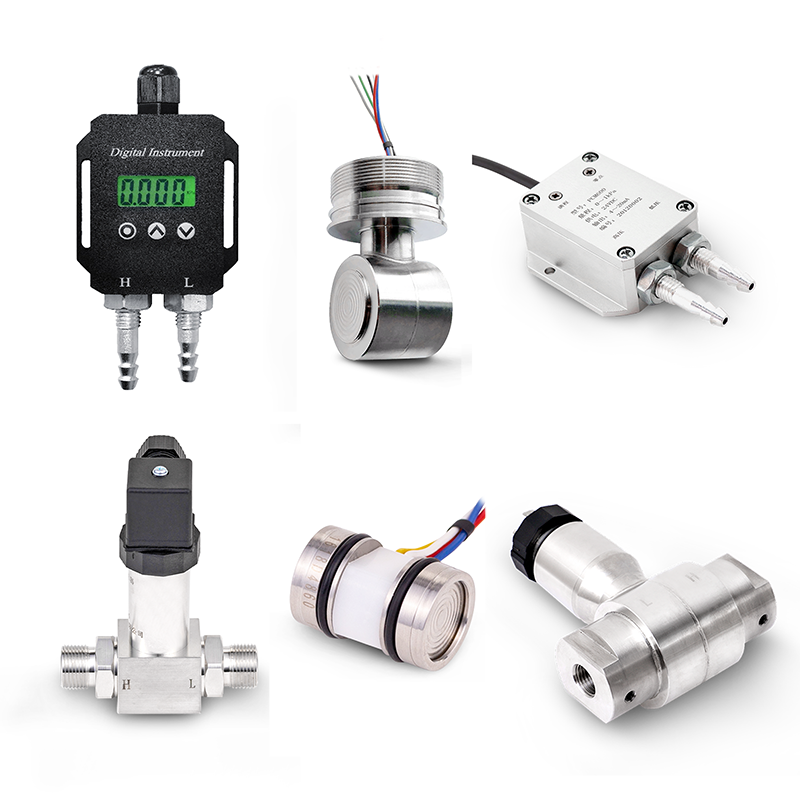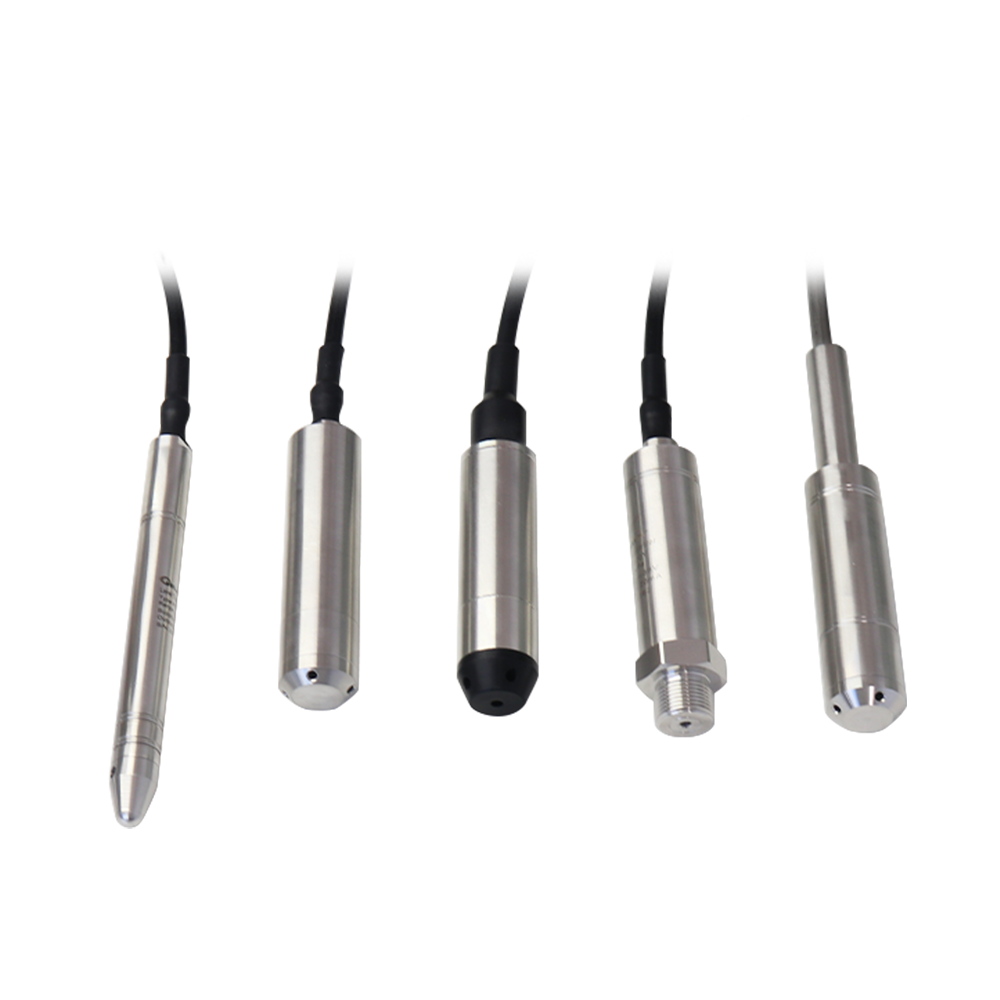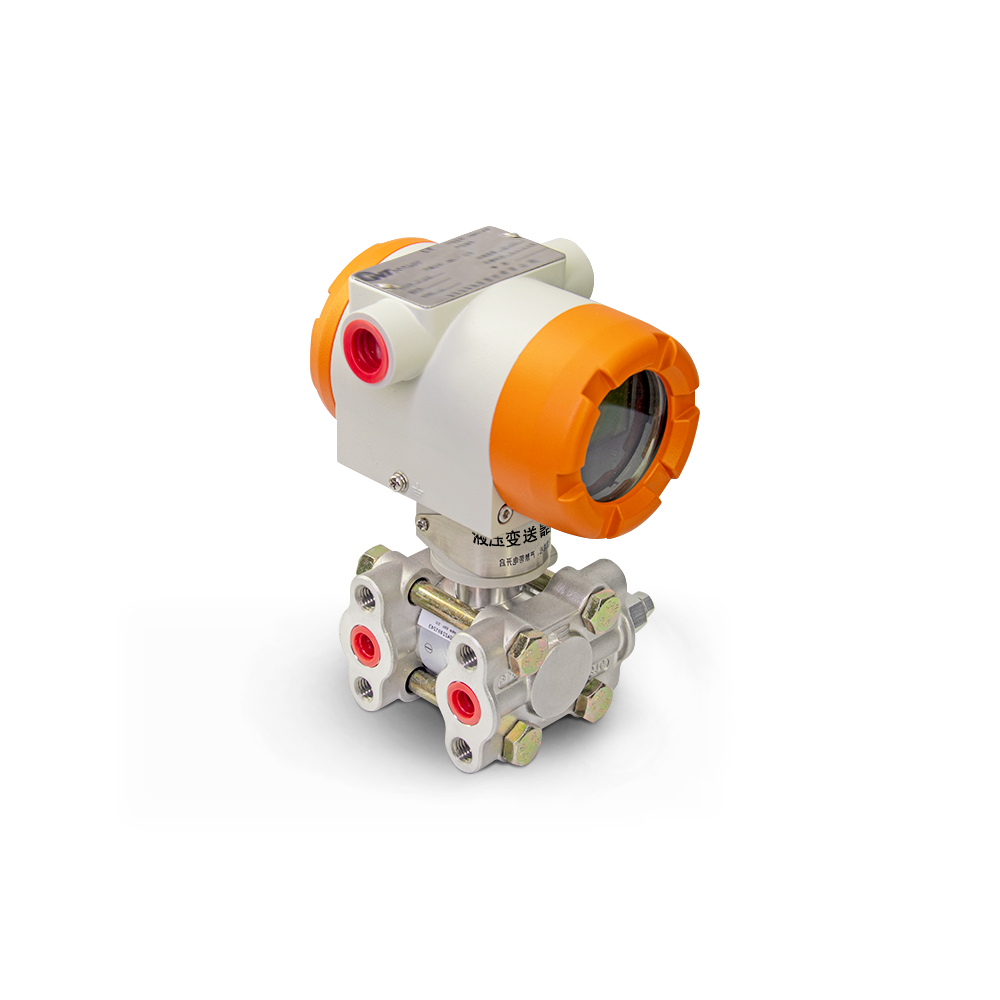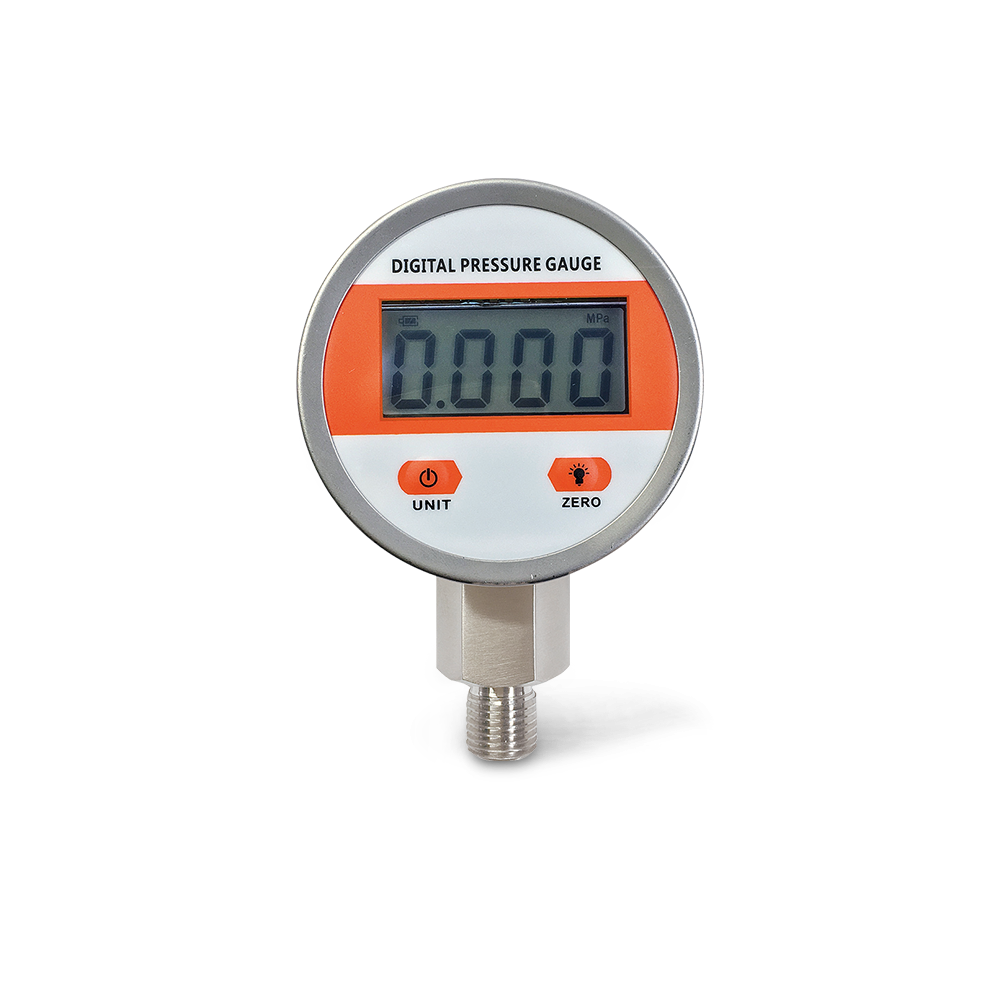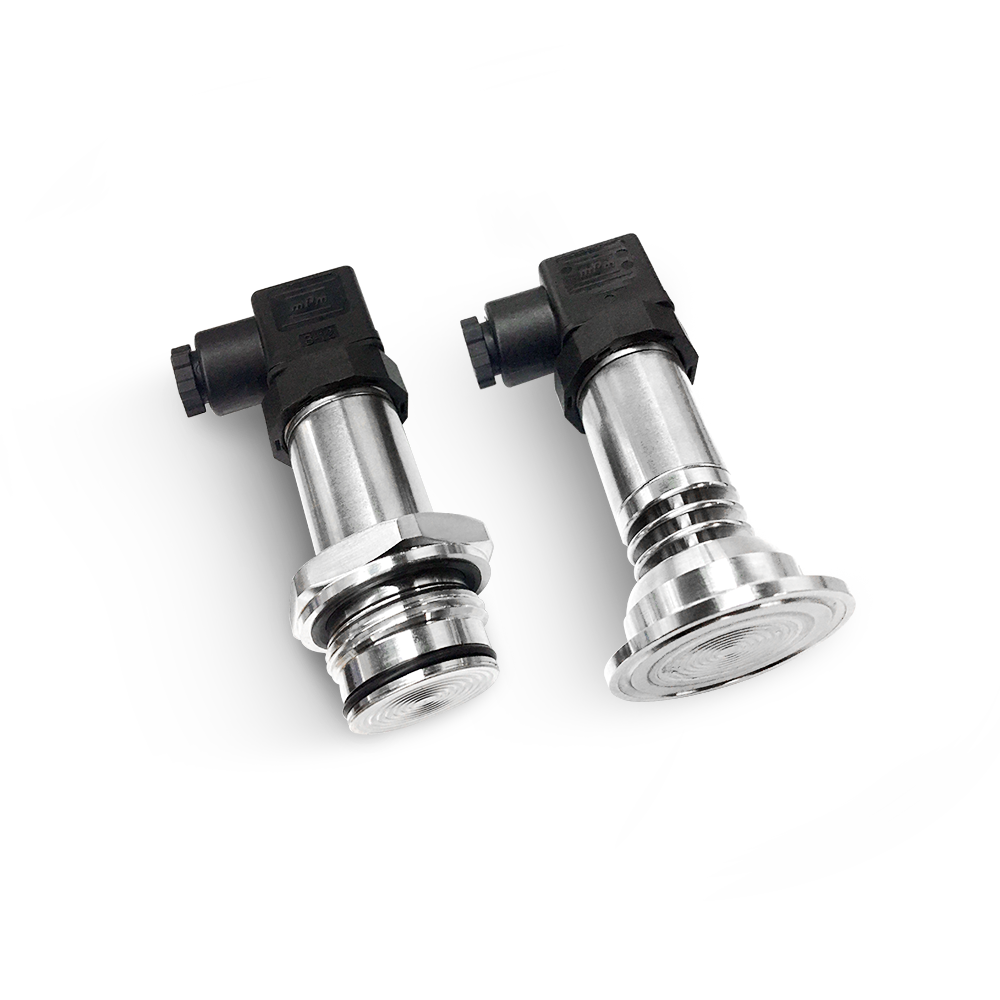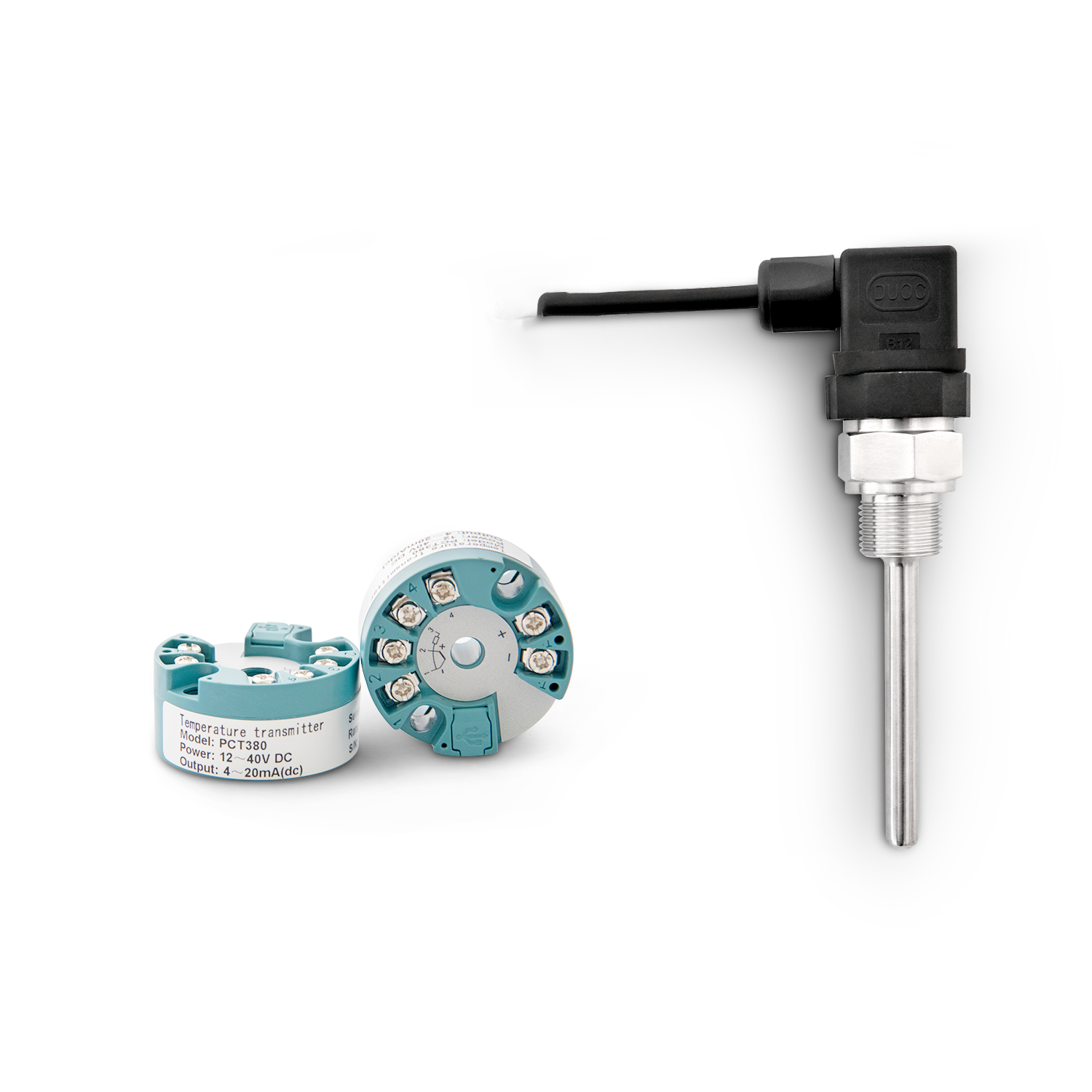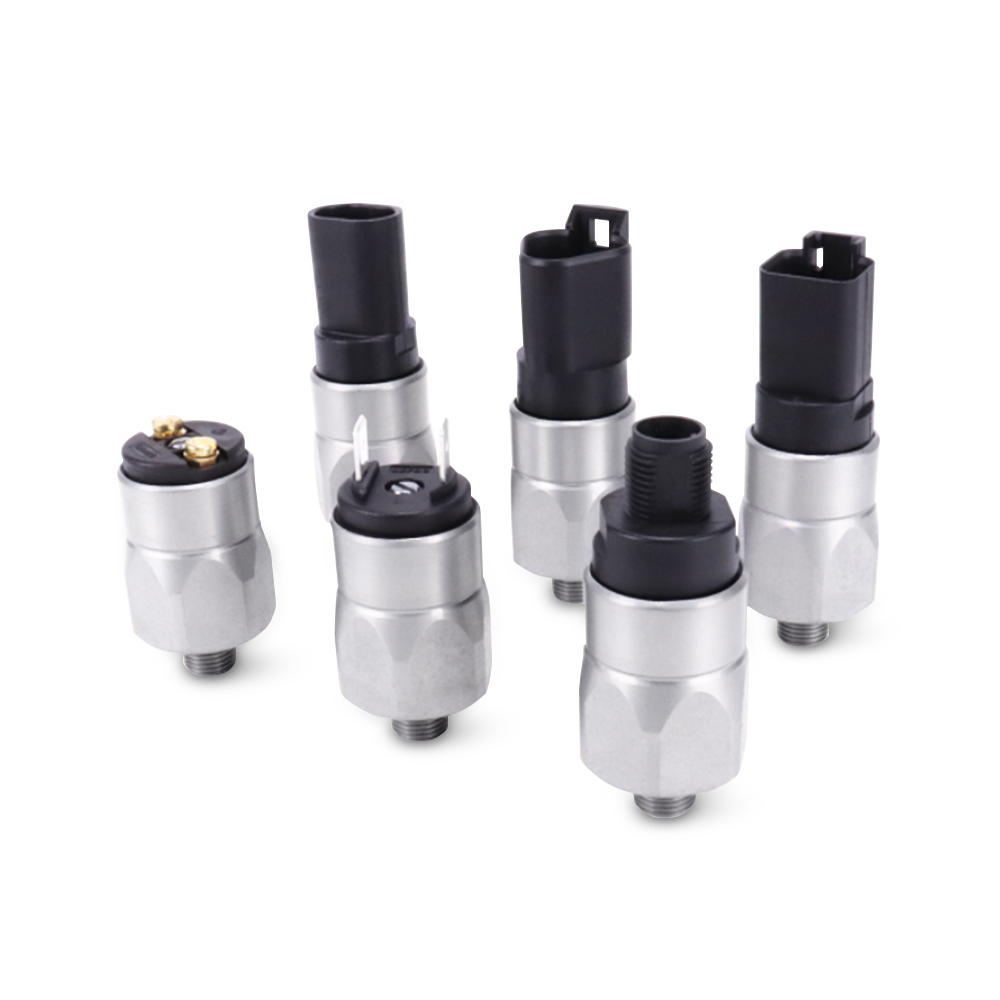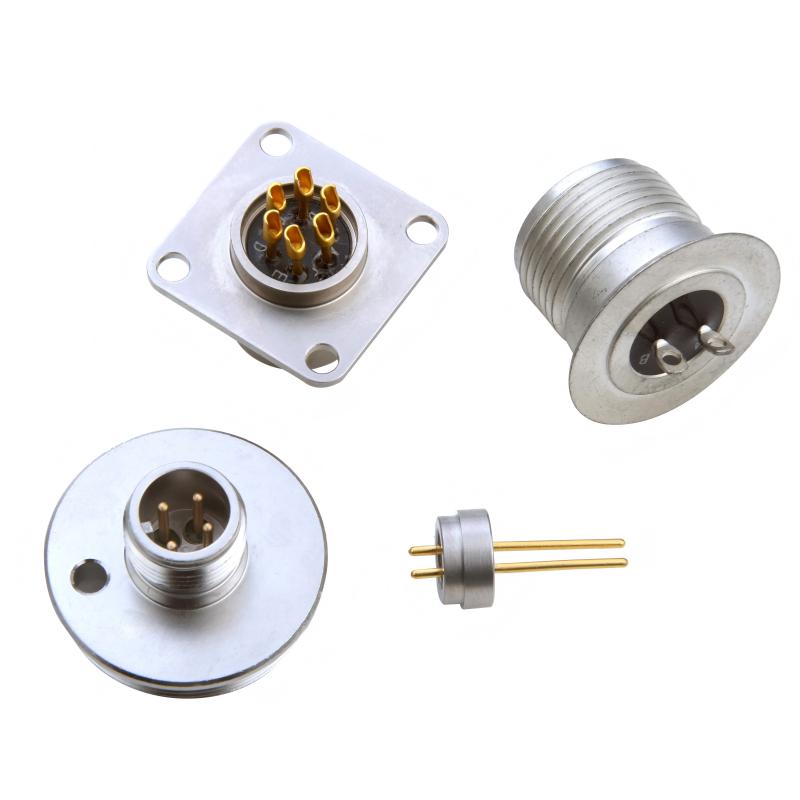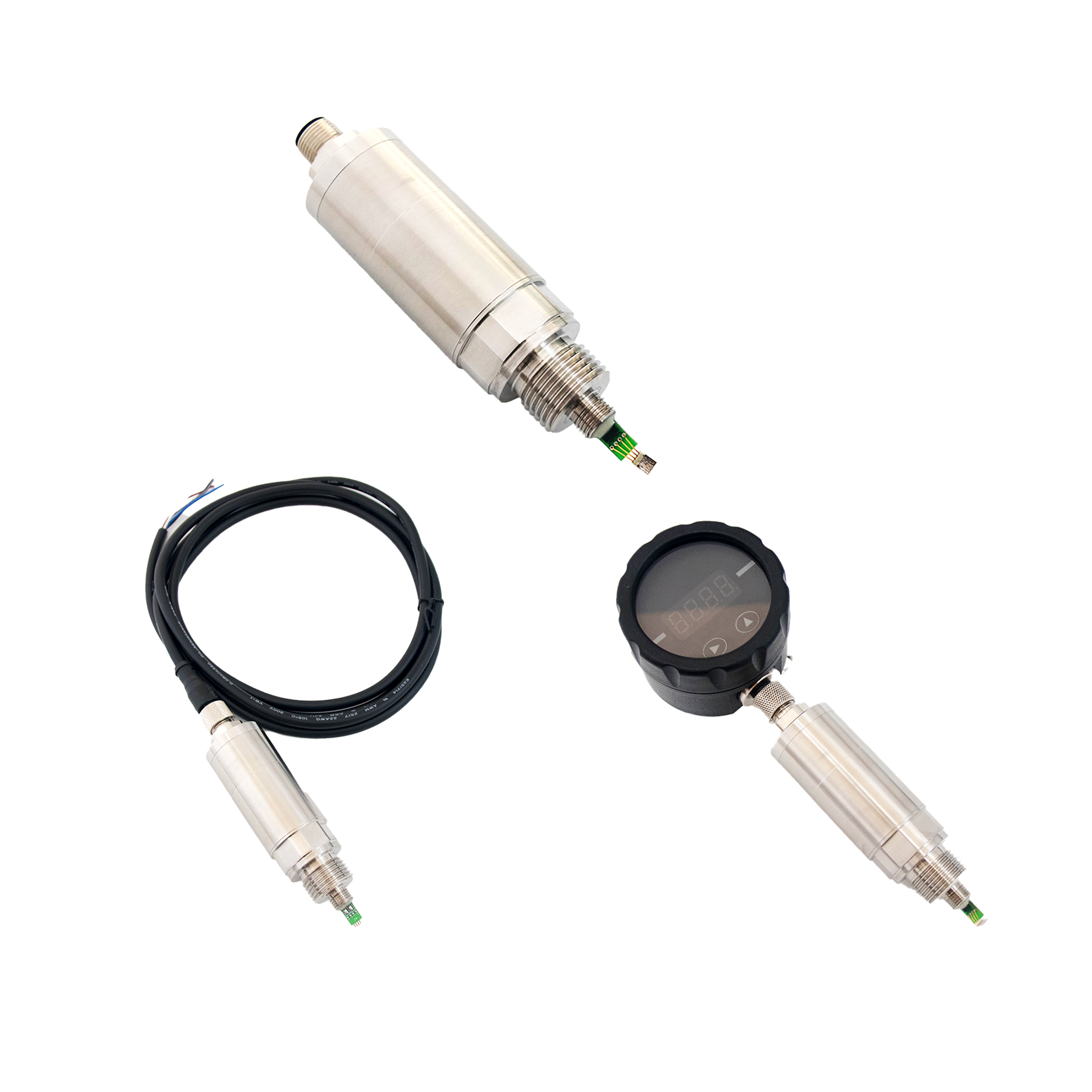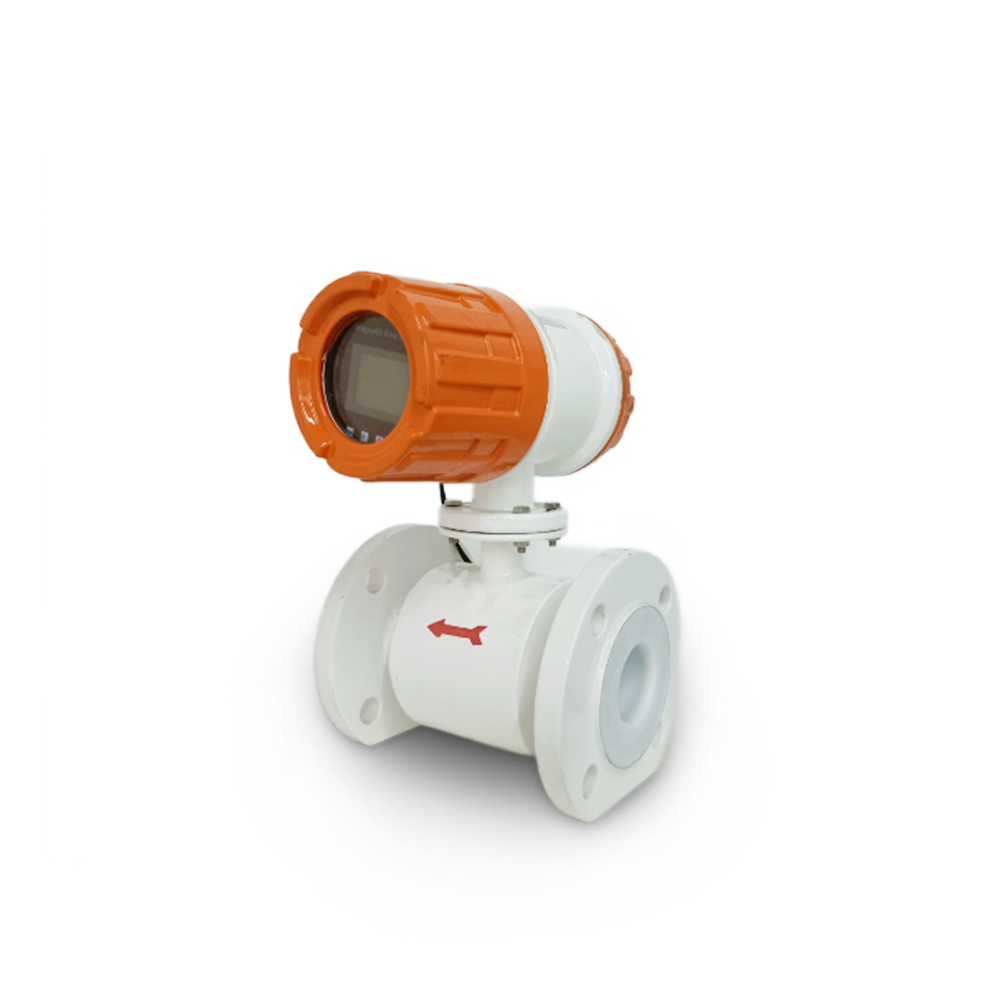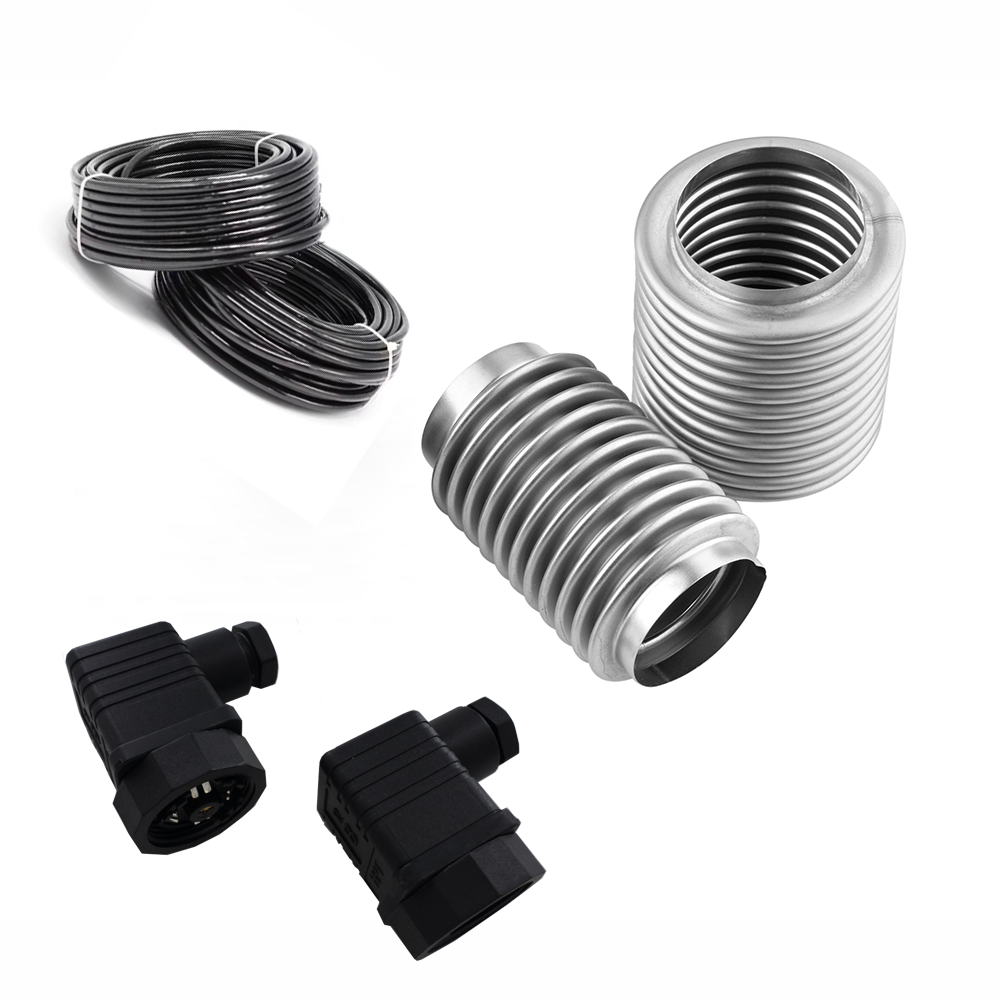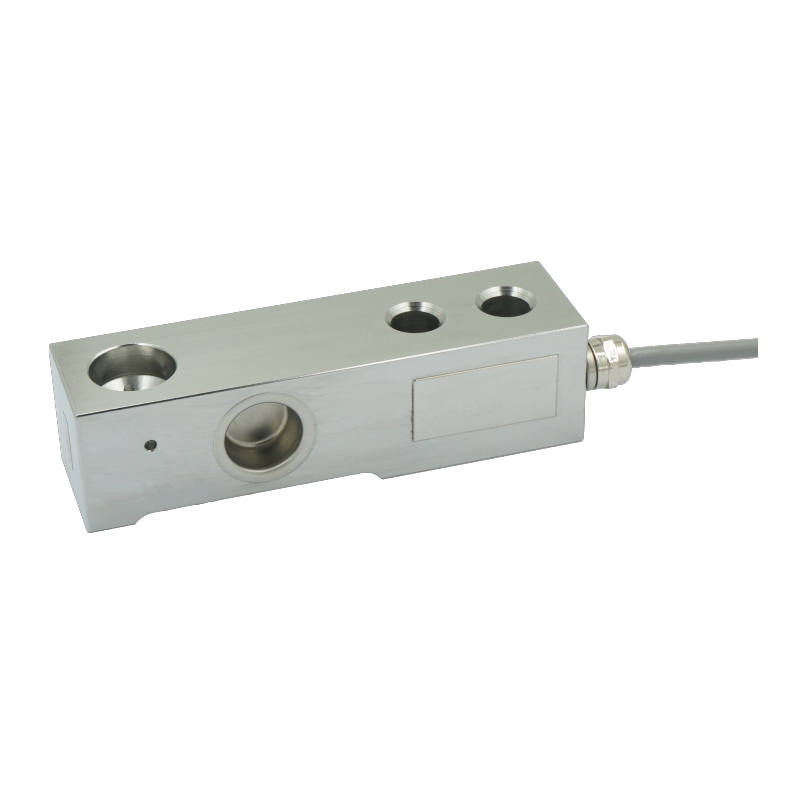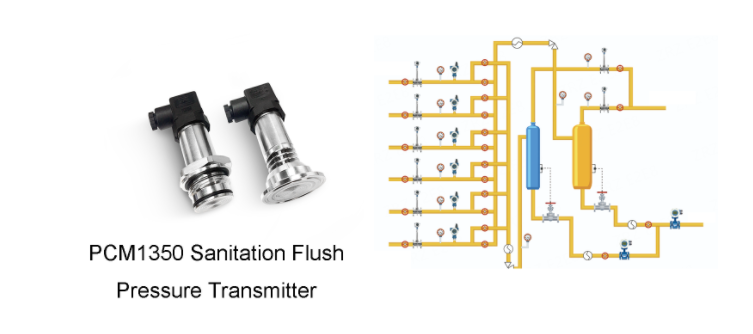Threaded Flat Diaphragm Pressure Transmitters for Harsh Media and High-Pressure Applications
From: Issued date 2025.04.16 Back
Threaded flat diaphragm pressure transmitters play a critical role in modern industrial process control, particularly in environments where conventional pressure sensors would fail due to clogging, media buildup, corrosion, or extreme process conditions. These transmitters combine a rugged mechanical connection with a flush diaphragm design, allowing them to withstand demanding applications such as oil well pressure monitoring , natural gas pipeline pressure control, and the measurement of corrosive, viscous, or crystallizing media in the chemical and pharmaceutical industries. Below, we explore these application scenarios in detail and explain why the threaded flat diaphragm structure is the optimal choice.
1. Oil Well Pressure Monitoring
Oil well environments are among the most challenging applications for any sensor technology. In oil extraction operations, accurate pressure monitoring is vital for wellhead control, safety regulation, reservoir management, and equipment protection.
Application Overview
In an oil well, pressure transmitters are installed at several key points:
Wellheads: to monitor reservoir pressure and control flow.
Christmas trees: for monitoring injection and production flow paths.
Downhole environments: for high precision real time formation pressure measurement.
These areas are characterized by:
High pressures often exceeding 10,000 psi (690 bar).
High temperatures ranging from 150°C to 250°C or more.
Harsh media including oil, water, gas, sand, and chemicals like hydrogen sulfide (H₂S).
Why Use Threaded Flat Diaphragm Transmitters?
Traditional recessed diaphragm sensors can suffer from clogging due to entrained solids like sand or paraffin, while narrow sensor cavities may collect deposits that distort pressure readings over time.
The flat diaphragm design offers a flush interface with the process fluid, preventing buildup and allowing for better dynamic response. The threaded process connection ensures a secure and leak proof installation , even in high vibration conditions common in oil fields. Materials like Hastelloy C 276 , Inconel , or welded stainless steel can be used to withstand sour service and resist corrosion from H₂S and chlorides.
Additionally, the rugged design supports integration with digital pressure monitoring systems and SCADA for real time data tracking and alarm triggering—crucial for safety in well operations.
2. Natural Gas Pipeline Pressure Control
In natural gas transmission and distribution networks, maintaining optimal pipeline pressure is essential for ensuring safety, efficiency, and regulatory compliance. Pipeline systems extend for thousands of kilometers and encounter varying environmental and operational conditions.
Application Overview
Pressure transmitters are installed along the pipeline at:
Compressor stations to monitor gas flow and adjust boost levels.
Block valve stations for emergency shutdown and maintenance.
City gate stations where gas is decompressed and measured for local distribution.
Challenges include:
Wide pressure ranges (from vacuum to 200 bar or more).
Outdoor exposure to weather and temperature fluctuations.
Gas compositions with moisture, hydrogen sulfide, or other impurities.
Why Use Threaded Flat Diaphragm Transmitters?
For these environments, the threaded connection allows for quick, secure mounting to pressure taps or flanged connections without the need for special adapters or welds. The flat diaphragm resists contamination from moisture and dust, and is easy to clean or flush without sensor removal.
Unlike traditional capsule or port type sensors, flat diaphragm transmitters maintain measurement accuracy even when minor condensates or impurities are present in the gas stream. This design reduces maintenance downtime, lowers cleaning frequency, and improves safety by eliminating the risk of clog induced overpressure or misreadings.
High IP rated enclosures and explosion proof certifications (e.g., ATEX, IECEx) make these transmitters suitable for hazardous gas environments.
3. Pressure Monitoring in Corrosive, Viscous, or Crystallizing Media
In the chemical, pharmaceutical, food, and wastewater industries, pressure measurement often involves aggressive or challenging media. Examples include:
Sulfuric acid, hydrochloric acid, and caustic solutions
Polymerizing or crystallizing slurries
High viscosity syrups, gels, and pastes
Biological or fermentative sludges
Application Overview
Processes like reactor control , fermentation monitoring , and filtration systems require real time pressure data to regulate flow, manage safety, and ensure process quality. These processes often occur at elevated temperatures or involve CIP (clean in place) and SIP (sterilize in place) procedures.
Advantages of Threaded Flat Diaphragm Transmitters
The flat diaphragm ensures that the media remains in direct contact with the sensor face, with no recessed cavities where residues could accumulate. This is crucial for:
Preventing clogging in viscous or crystallizing fluids.
Ensuring accurate pressure response , especially in fast cycle batching systems.
Allowing easy flushing or sterilization without sensor disassembly.
Threaded flat diaphragm transmitters are often available in specialized materials such as:
Hastelloy C , for resistance to strong acids.
316L stainless steel , for food and pharmaceutical standards.
PTFE or PVDF coated diaphragms , for added chemical resistance.
Titanium , for seawater or oxidizing environments.
In sanitary processes, versions with flush hygienic threads (e.g., Tri Clamp or DIN 11851) ensure compliance with FDA, EHEDG, and 3 A standards.
Moreover, these sensors offer long term stability , with minimal drift even after multiple CIP/SIP cycles. This leads to reduced calibration frequency and better overall process reliability.
Key Benefits of Threaded Flat Diaphragm Pressure Transmitters
Across all the above industries, threaded flat diaphragm pressure transmitters offer a compelling combination of mechanical strength, ease of maintenance, and measurement accuracy. Key benefits include:
Clog free design : Flat diaphragm ensures unobstructed media contact, critical for viscous or solid laden media.
Corrosion resistance : Wide choice of wetted materials for chemically aggressive applications.
High pressure and temperature capability : Ideal for oil and gas fields, pipelines, and industrial reactors.
Secure threaded connection : Eliminates leaks and vibration induced loosening.
Easy cleaning and maintenance : Simplifies service, especially in hygienic or hazardous locations.
Stable performance : Maintains accuracy over long periods, even under harsh conditions.
Threaded flat diaphragm pressure transmitters are a versatile and robust solution for industrial pressure measurement in harsh or sensitive environments. Whether monitoring high pressure oil wells, controlling gas flow in pipelines, or ensuring precision in chemical reactors, these transmitters deliver reliable, accurate, and low maintenance operation .Their ability to handle corrosive, viscous, and crystallizing media makes them indispensable across a wide range of industries—from energy and petrochemicals to pharmaceuticals and wastewater treatment.By choosing the right sensor configuration, material, and connection type, engineers can achieve both process safety and operational efficiency , making threaded flat diaphragm transmitters a smart investment for modern industrial systems.

